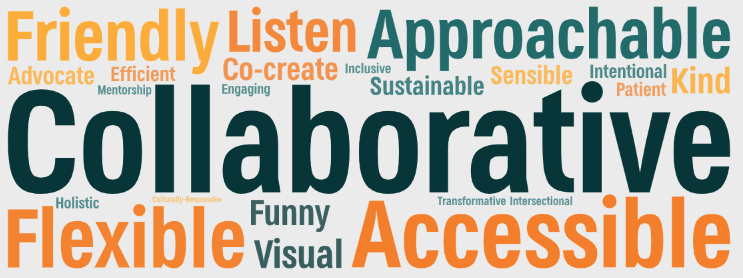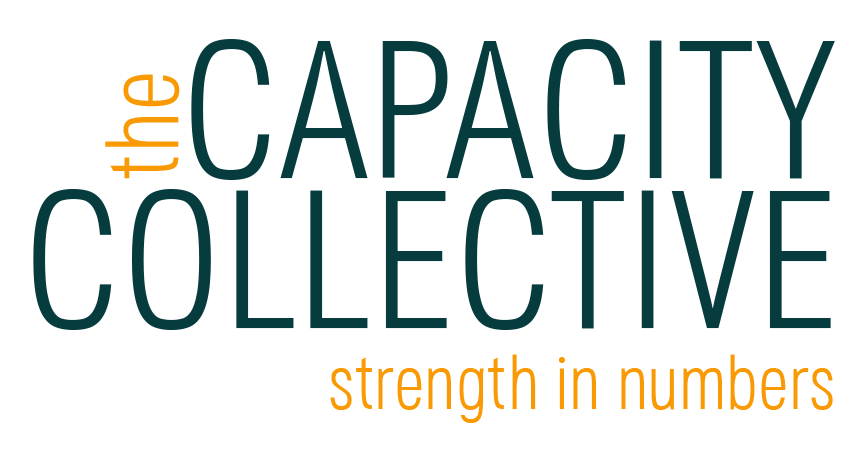Resources > emPower Tools | Public Data | Anti-Racism | Training | Data Viz | Survey
Data Visualization Resources

Infographics, maps and other data visualizations have quickly become one of the best ways of getting stories across quickly, and with impact. Developing these on your own can be intimidating, and we can help you with your data visualization needs, but there are a lot of tools out there to help you tell your story with visuals.
What is Data Visualization?
- Data presented in a graphical or pictorial format. It allows your audiences to see your story presented visually, so they can more easily grasp difficult concepts or identify new patterns in the data.
- Rather than spreadsheets, with columns of numbers, or extensive written content, data visualization takes the form of charts, graphs, or even maps.
- Data visualization is often a very effective way to consolidate large amounts of data or abstract concepts and translate them into something more concrete.
Why Data Visualization?
Comprehend Information Quickly
it is significantly faster to analyze information in graphical format vs. numbers or words.
Identify Relationships + Patterns
Patterns emerge more quickly when you can see relationships between data points.
Communicate Story to Others
Share your story with diverse audiences with data that is understandable.
Data Visualization Tools for Non-Profits

Canva
Canva is an easy-to-use, online tool that can be used for a variety of data viz projects. It features an infographic maker, with hundreds of free templates, fonts, images, etc. It also is great for organizations with social media platforms, or organizations looking to enhance their branding and marketing.

Flourish.Studio
Flourish. Studio is a digital tool that helps to create interactive graphs, charts, and unique visualizations from uploaded datasets. Flourish offers a wide-range of visualization options to fit your needs by going beyond the bounds of graphing from spreadsheets. Flourish.Studio is owned by Canva.

Infogram
Infogram is an online, easy to use infographic and chart maker. This platform allows you to create and share beautiful infographics, online reports, and interactive maps.

Piktochart is an infographic and presentation tool that enables you to turn boring data into engaging infographics with just a few clicks. Piktochart’s custom editor lets you do things like modify colour schemes and fonts, insert pre-loaded graphics and upload basic shapes and images. Its grid-lined templates also make it easy to align graphical elements and resize images proportionally.
More Data Visualization Tools
Word clouds are another creative way to present your (qualitative) data. A word cloud is an image composed of words used in a particular text or subject, in which the size of each word indicates its frequency or importance.

The word cloud above was made with Word Art, a free online word cloud generator.
